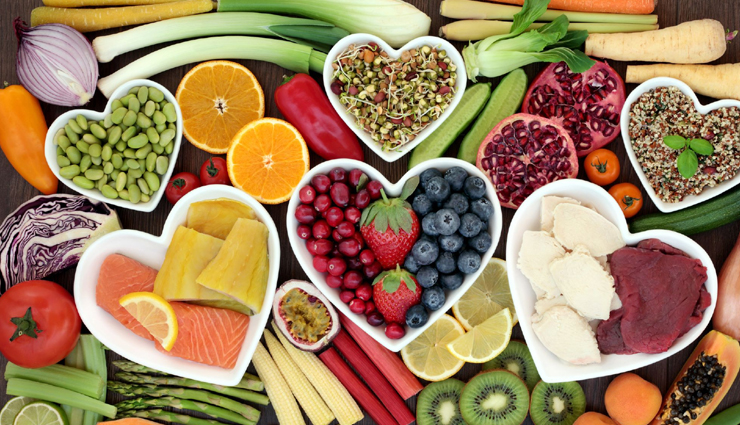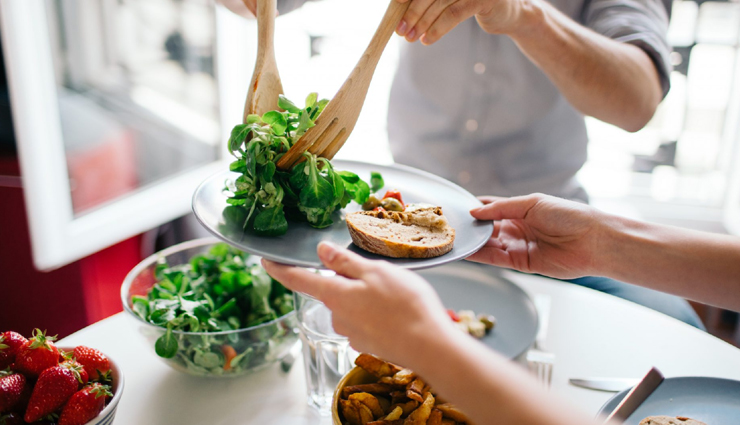Diet You Must Follow To Keep Your Heart Healthy


How much you eat is just as important as what you eat. Overloading your plate, taking seconds and eating until you feel stuffed can lead to eating more calories than you should. Portions served in restaurants are often more than anyone needs. Use a small plate or bowl to help control your portions. Eat larger portions of low-calorie, nutrient-rich foods, such as fruits and vegetables, and smaller portions of high-calorie, high-sodium foods, such as refined, processed or fast foods. This strategy can shape up your diet as well as your heart and waistline.
When you add these to foods instead of salt and fat, you're making a heart-healthy choice. They add flavor without the bad stuff. Spices and other foods are delicious ways to eat heart-smart.
Whole grains are good sources of fiber and other nutrients that play a role in regulating blood pressure and heart health. You can increase the amount of whole grains in a heart-healthy diet by making simple substitutions for refined grain products. Or be adventuresome and try a new whole grain, such as whole-grain farro, quinoa or barley.
Mild, tender black beans are packed with heart-healthy nutrients. Folate, antioxidants, and magnesium can help lower blood pressure. Their fiber helps control both cholesterol and blood sugar levels. Add beans to boost soups and salads.
Limiting how much saturated and trans fats you eat is an important step to reduce your blood cholesterol and lower your risk of coronary artery disease. A high blood cholesterol level can lead to a buildup of plaques in your arteries, called atherosclerosis, which can increase your risk of heart attack and stroke.
A top food for heart health, it’s rich in omega-3s. Omega-3s are healthy fats that may lessen the risk of heart rhythm disorders and lower blood pressure. They may also lower triglycerides and curb inflammation. The American Heart Association recommends two servings of salmon or other oily fish a week.
Often cheaper than salmon, tuna also has omega-3s. Albacore (white tuna) has more omega-3s than other tuna varieties. Try grilling tuna steak with dill and lemon. Reel in these other sources of omega-3s, too: mackerel, herring, lake trout, sardines, and anchovies.
This oil is a healthy fat made from smashed olives. It's rich in heart-healthy antioxidants. They may protect your blood vessels. When olive oil replaces saturated fat (like butter), it can help lower cholesterol levels. Try it on salads and cooked veggies, or with bread.
A small handful of walnuts a day may lower your cholesterol. It may also protect against inflammation in your heart’s arteries. Walnuts are packed with omega-3s, healthy fats called monounsaturated fats, plant sterols, and fiber. The benefits come when walnuts replace bad fats, like those in chips and cookies.
Slivered almonds go well with vegetables, fish, chicken, and desserts. They have plant sterols, fiber, and heart-healthy fats. Almonds may help lower bad LDL cholesterol.